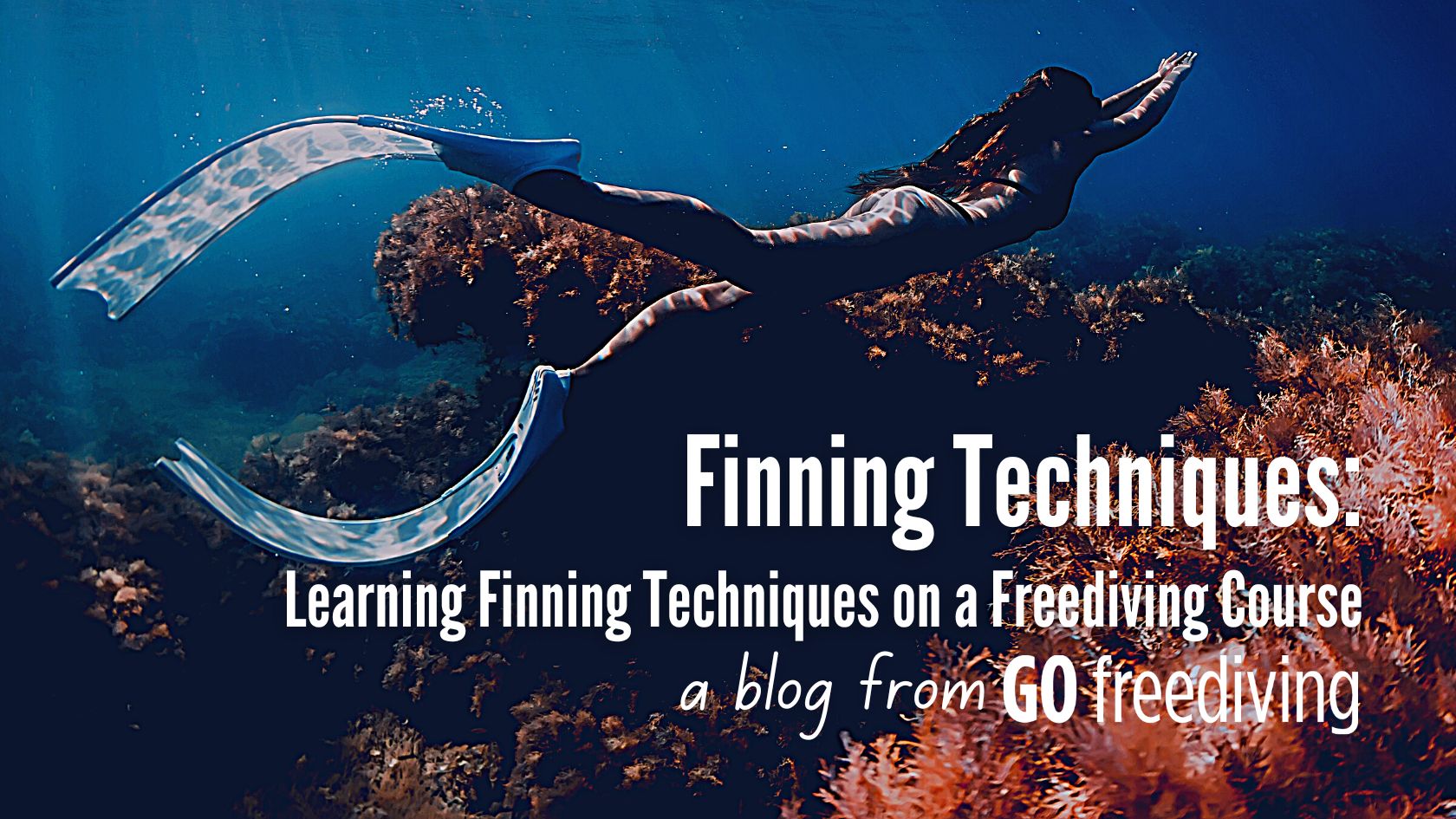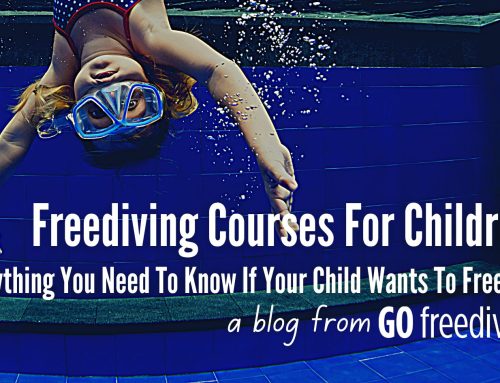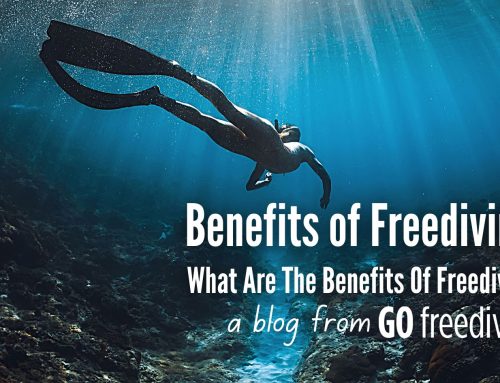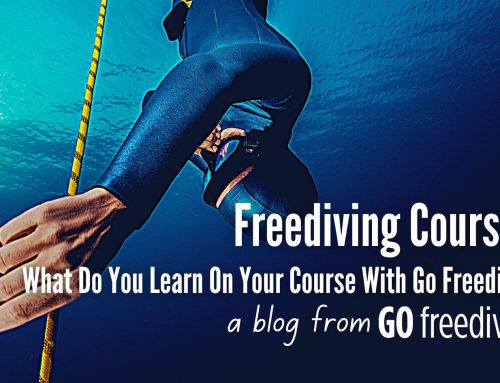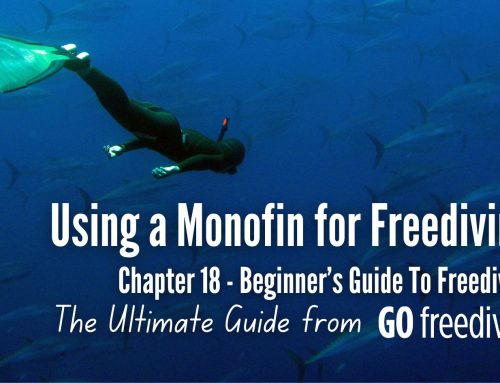Learning finning techniques on a freediving course is not usually the highest priority students have when they undertake a course with us. Understandably many students are focused on breathing techniques and equalisation. However, as the course progresses they soon realise that efficient, well executed finning techniques can directly impact on their ability to dive longer and deeper and contribute to a far better freediving experience.
Why the fins you use will impact on your finning techniques
The fins you use when learning to dive can influence your ability to master finning techniques. This is because fins will range in stiffness from soft to hard. The harder the fin the harder it will be to move through the water as there is less flex. Also, whether you are surface diving, depth diving or pool diving – each discipline could affect your finning techniques simply due to the power needed for each.
As a general rule the following applies:
Soft: For smaller freedivers, those with smaller leg muscles and power, or for spearfishers who anticipate long surface swims and shallow dives (typical for UK spearfshing).
Medium: For medium build freedivers with average leg muscles and power. This is the strength that suits most freedivers and (depending on the material your fin blade is made from) can still take you very deep.
Hard: For larger built freedivers with strong legs and power or for spearfishers who need quick bursts of power.
At Go Freediving our students are provided with medium fins, though we do have softer fins for children and smaller freedivers.
You can read more about fins and the materials they are made from here. We also sell the OMER stingray fins, as well as Spierre carbon blades when you are ready to upgrade from plastic.
Which finning techniques are best for freediving?
At Go Freediving we practice two types of finning techniques – the dolphin kick and the flutter kick.
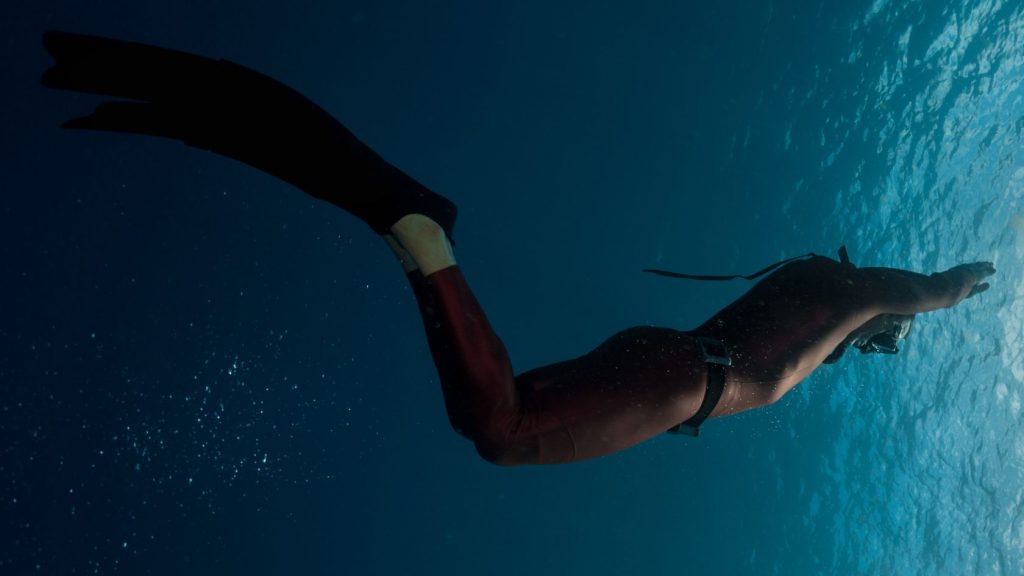
What is the Dolphin Kick?
As the name suggests the dolphin kick is exactly what it sounds like. It involves stretching your arms above your head with your hands overlapping, like you’re about to dive into a pool, and perform a simple up and downwards unified leg stroke that provides double the leg power for an individual stroke. Our our legs moving as one, this, together with our mid core muscles drives the fin in an even and controlled way. Many people also find that it is easier to learn this stroke with the arms by the sides and also in a swimming pool.
It is most efficient when done with a monofin, although many freedivers who are prone to cramp may use this technique when wearing bi-fins.
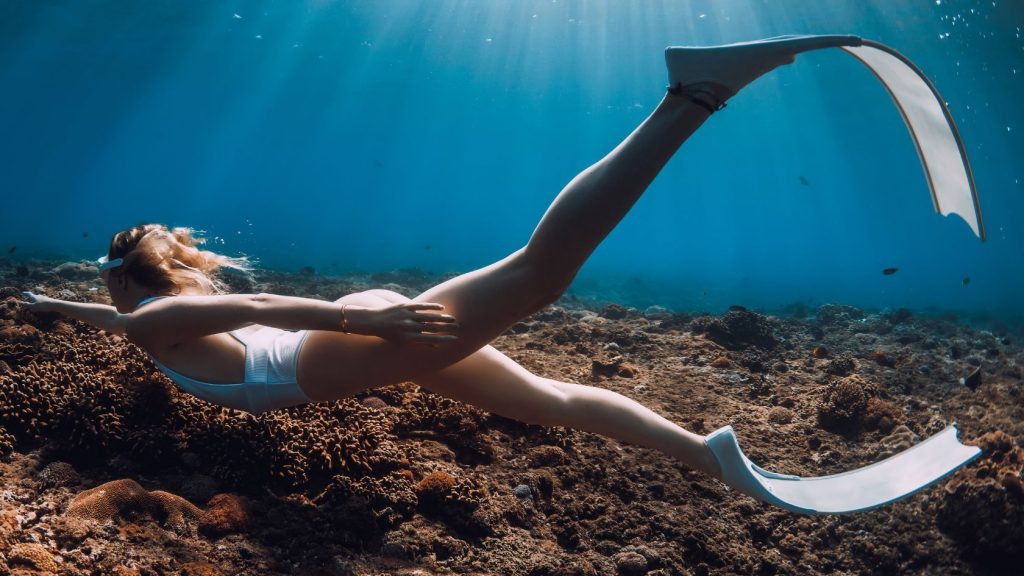
What is the Flutter Kick?
Any person who can swim will have performed the flutter kick in some form or other – even if they didn’t know what it was called. A flutter kick involves an alternating up-and-down motion of your legs and feet. You simply move your legs from the hips down to engage your muscles and get where you need to go. Provided you do not bend at the knee, ensure you force power right from the hips down and use an equal front and back stroke of the leg you should be able to master this technique quickly.
Most freedivers will favour this technique as it is easier to learn than the dolphin kick and very effective when using bi-fins.
How to correct the most common finning techniques error
By far, the most common mistake students make when they practice their finning techniques is to have a strong backward stroke (the part where your legs and fins go back behind your body) and a non-existent forward stroke (where your legs move from in line with the rest of your body to out in front). This is because it is easier to move the fins backwards and more challenging to bring them forwards and displace a large amount of water.
The issue with finning this way is that it is impossible to descend vertically because the backward stroke is pushing you forwards. You will find that you go into the line or past it altogether and descend at an angle.
A great way to correct this is to practice your finning upright on the surface. If you are upright with your head out of the water, try finning. If your legs end up behind you, tipping you forwards, your forward stroke is not equal to your backward stroke.
Make sure however, that you do not bend your legs at the knee. This will of course make the stroke easier, but is not an efficient way to move through the water, and can quickly become a hard habit to break.

Why Bananas do not help finning techniques
If you are diving horizontally in a pool, or diving down for depth in open water and you can see where you are going this means your back is arched – which is not conducive to streamlined freediving. I constantly remind students to keep their head tucked in, but so that they can see where they are going, they will often arch their backs and become freediving bananas! The main reason this should be avoided is for streamlining. Be a cucumber, not a banana!
If your body is as streamlined as possible and your finning techniques are correct you will be able to stay underwater longer as you are using less energy to get where you want to go. If your body is arched then you have to work harder when finning, using up valuable energy.
Let your fins do their job
Remember to maximise each fin stroke. Once you have made a fin stroke, let the fin blade finish the movement before reengaging it. This will also help you achieve a steady stroke rate. Also know that there is a very slight roll with your hips so when you fin correctly with your hips level your fins should not hit each other as they cross, so there is no need to dive with your legs scissored outwards – another waste of energy.
If you have well fitting, snug fins with appropriate stiffness you will maximize the transference of power through your legs, down through the blades and into the water.
Keep your upper body streamlined, your legs almost completely straight and move them equally backwards and forwards with a wide amplitude.
The best place to learn correct finning techniques for freediving is to come and take a course with us! We look forward to meeting you soon!
Learn to freedive with Go Freediving!
Go Freediving is the longest established, most experienced and friendliest freediving course provider in the UK, led by world class freediving instructor trainer Emma Farrell, and her team of personally trained instructors. No other course provider has such a good instructor to student ratio, safety record and personal touch.
Whether you’re a beginner dipping your toes into the world of freediving, a seasoned pro looking to turn professional, or simply a freediver of any level who wants the best freediving holiday in the world, we’re here for you!
If you want to know what previous students thought of their course, visit our testimonials page here: Testimonials
Keep in touch with everything Freediving
Subscribe to our mailing list for weekly newsletters with exclusive articles, news, films, offers and more!
And check out You Tube!

